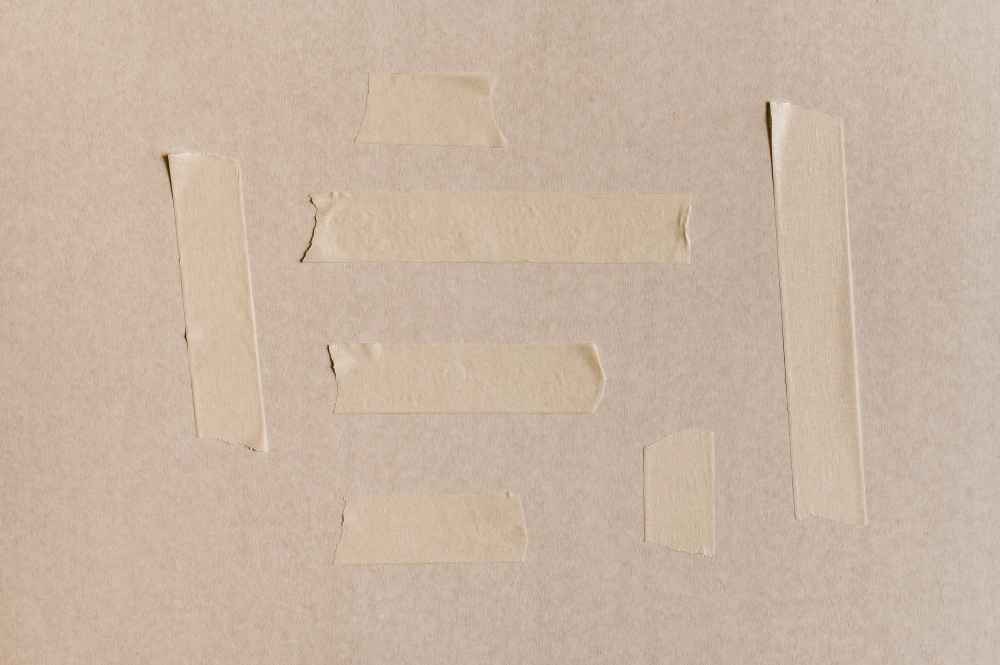
When you peel a piece of heavy-duty tape—like that tough double-sided carpet tape or the trusty roll of duct tape in your garage—you might notice a faint grid of threads inside. That crisscrossed fiber mesh is laid scrim, a hidden hero that gives tape its remarkable strength and durability. In simple terms, scrim is a thin open-mesh fabric, often made from fiberglass or polyester, that’s embedded in tape as a reinforcement. We will now explain to you what laid scrim is and how it boost tape performance in the following article.
What Exactly is Laid Scrim?
Laid scrim is essentially a lightweight web of fibers arranged in a grid pattern and bonded where the fibers cross. Unlike a traditional woven cloth, where threads go over and under each other, scrim fibers are “laid” in place and glued at the intersections. This produces a very thin, open fabric that looks like a mesh or net.
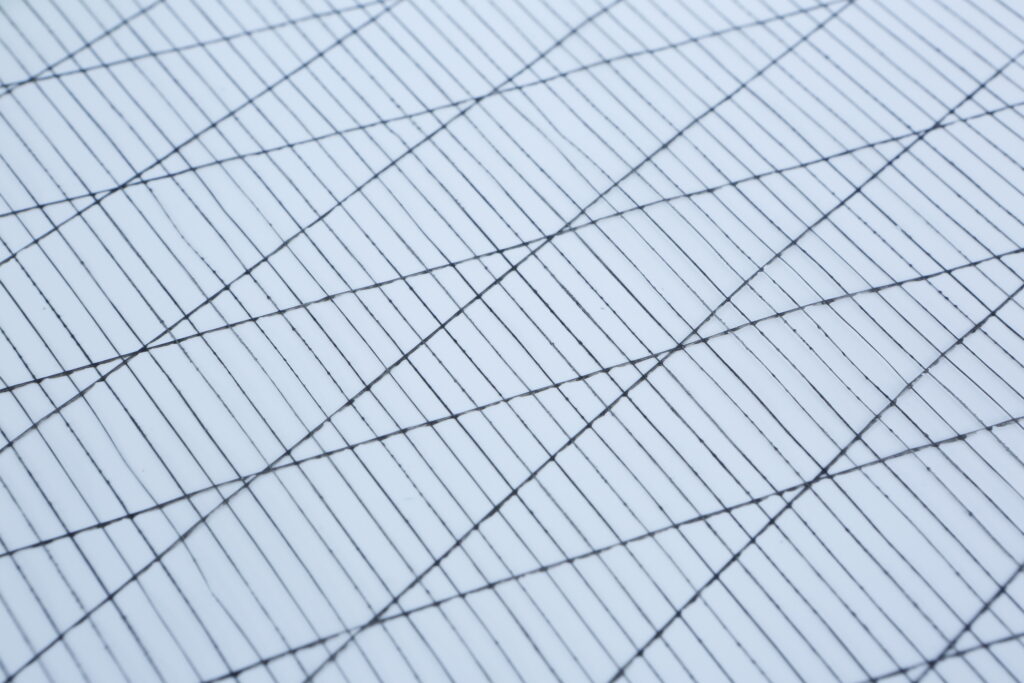
Because of the fact that scrim is a form of non-woven fabric, thus it can be made very economically and customized easily, from adjusting the spacing of the grid to use different patterns. The scrim’s openings can vary in size, but they’re typically just a few millimeters across.
How Scrim Reinforces Tape Strength and Durability
Think of scrim as the skeleton inside a tape. On its own, a strip of adhesive or a piece of plastic film in a tape can stretch, tear, or break under tension. But when a scrim mesh is embedded into the tape, it provides a reinforcement that holds everything together. The tape therefore becomes much harder to stretch out of shape or rip. This is similar to how steel rebar strengthens concrete or how the fabric in a trampoline keeps the rubber from tearing.
Moreover, scrim improves the tape’s dimensional stability – it doesn’t easily deform with changes in temperature or humidity. Fiberglass, especially, has very low thermal expansion (it won’t expand or shrink much when hot or cold), so a fiberglass-scrim tape stays the same size and shape in challenging conditions. It hits a sweet spot by being just strong enough without excess weight or stretchiness.
Not only that, as it makes tape stronger, scrim can also preserve flexibility. The mesh is very thin and has open spaces, so the tape can still bend and conform to surfaces. For example, a scrim-reinforced tape can wrap around a pipe or stick to a bumpy wall without lifting off. Some scrim tapes are even hand-tearable, meaning you can rip a piece off the roll easily without scissors. A tape reinforced with these materials can survive outdoors, in damp environments or in hot/cold conditions better than one with a weaker paper of thin plastic backing.
Typical Applications of Scrim-Reinforced Tape
Scrim reinforcements are found in many types of tapes, often without us realizing it. Below we will list some common tape applications that use fiberglass or polyester scrim for strength.
Double-Sided Carpet and Mounting Tape
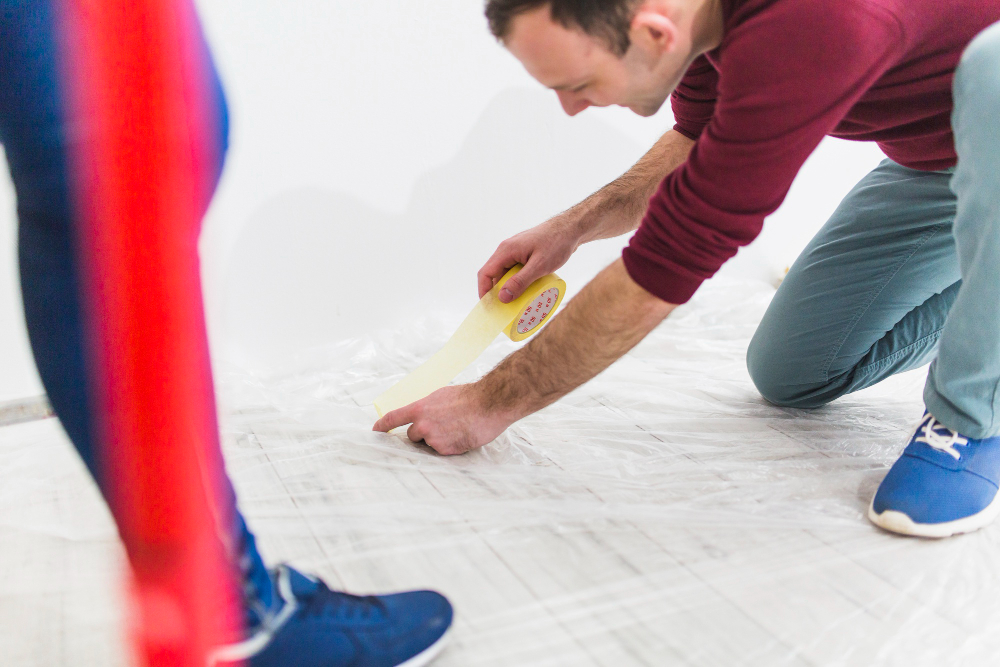
One of the most widespread uses of laid scrim is in double-sided tapes that need extra strength. In products like carpet tape, a thin fiberglass scrim forms the core of the tape, coated with adhesive on both sides. The scrim mesh makes the tape extremely strong and tear-resistant. The scrim allows these tapes to be thin and flexible enough to be hidden between materials, but strong enough to hold them firmly.
Duct Tape and Repair Tapes
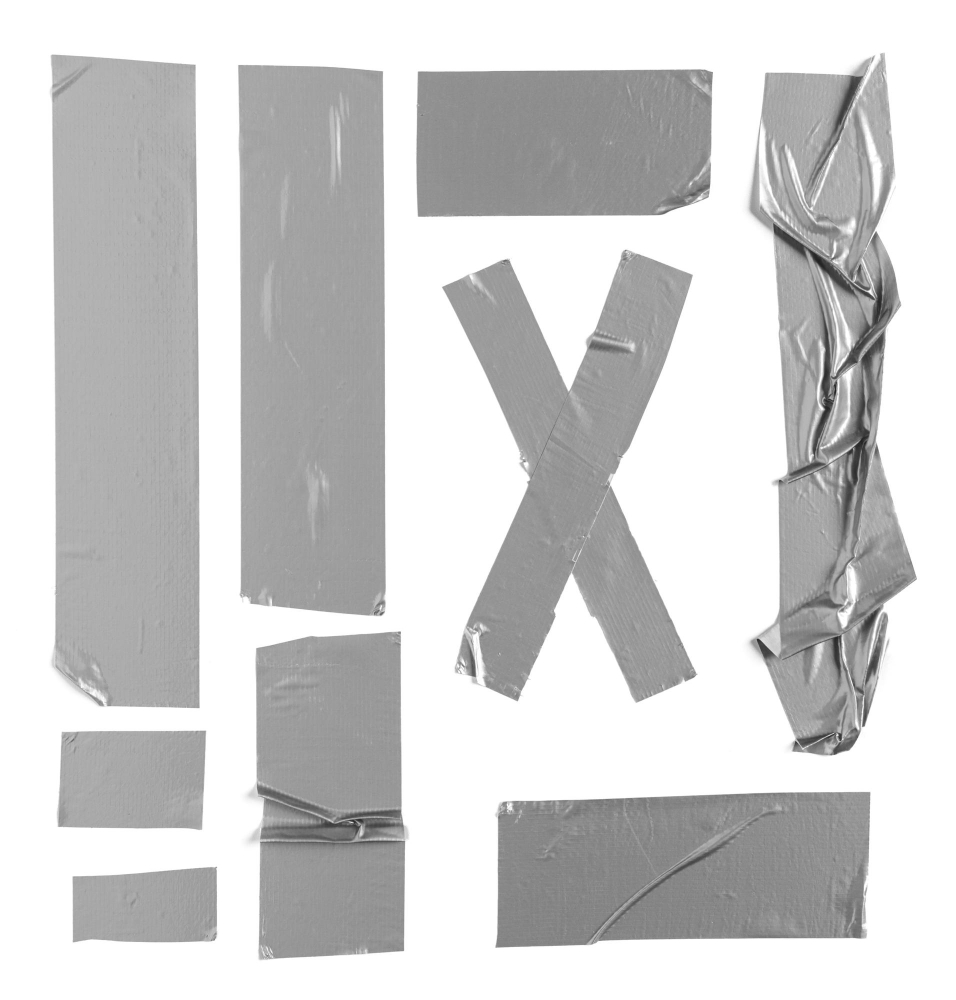
The classic duct tape is another everyday example of scrim at work. Duct tape typically has a scrim sandwiched between a soft adhesive and a polyethylene backing. Those little white threads you see when you tear a piece of duct tape are the scrim fibers. They give duct tape its legendary toughness for quick repairs around the house. Thanks to the scrim, duct tape can hold pipes together, patch up hoses, or bundle loose items without tearing, yet you can still tear a strip off the roll by hand.
Reinforced Packaging Tape
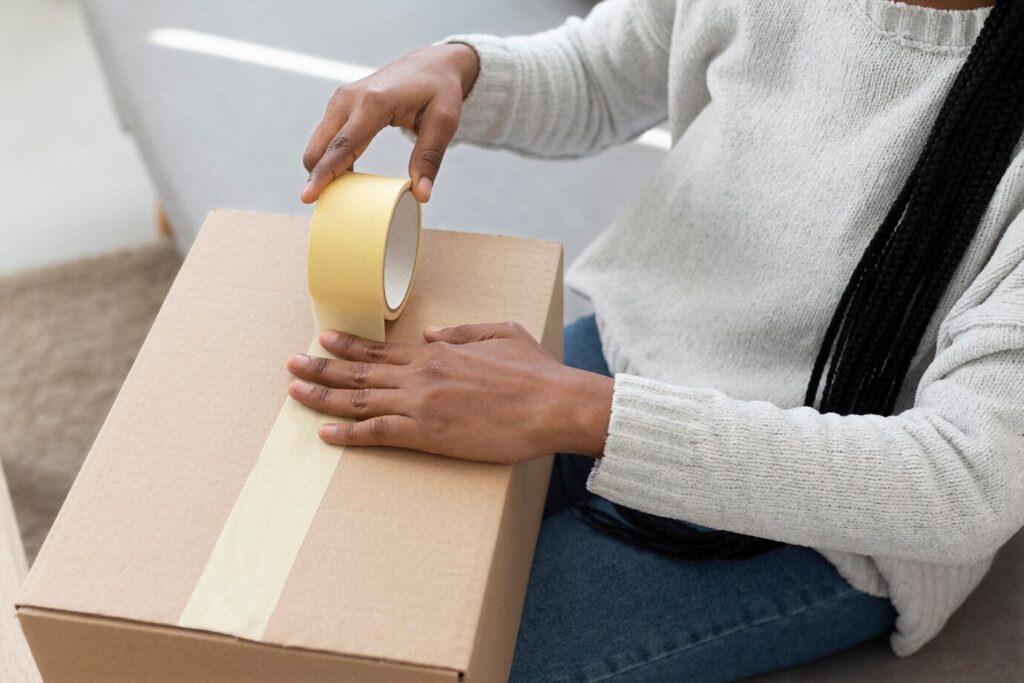
If you’ve ever received a heavy package wrapped in tape that has fibrous strands or a grid visible in it, that’s another scrim tape application. Some packing tapes have fiberglass yarns running lengthwise or even crosswise to give them extra strength for holding big boxes or pallets together. This prevents the tape from snapping under load or if the box shifts. Scrim-reinforced packing tape is popular in shipping heavy goods and in warehouse storage, where reliability is a must. The tape might look a bit like clear tape with white threads inside, and it’s much tougher to cut or tear than regular box tape—an attribute directly owed to the embedded fiber mesh.

While it often goes unnoticed, fiberglass and polyester laid scrim plays a vital role in making everyday tapes stronger, more reliable, and longer-lasting. Whether it’s holding down a carpet, sealing a duct, or mounting something on the wall, scrim-reinforced tape provides the durability and flexibility that standard tapes simply can’t match. Its lightweight mesh structure delivers impressive strength without adding bulk, allowing manufacturers to create products that are easy to use, cost-effective, and built to perform under pressure.
